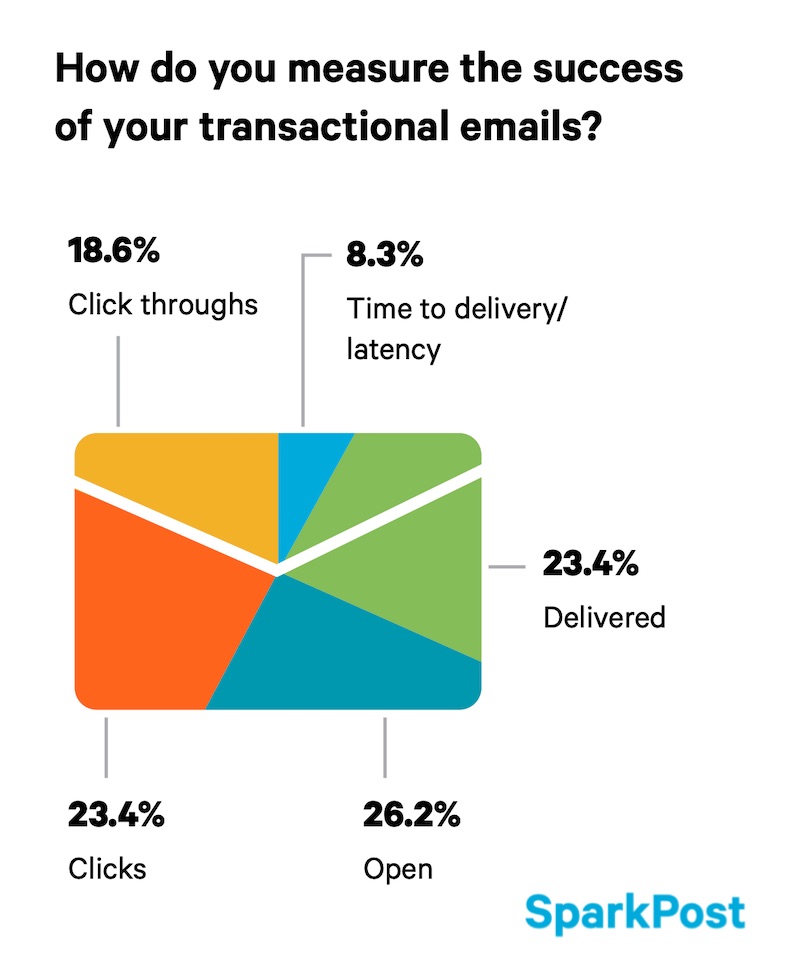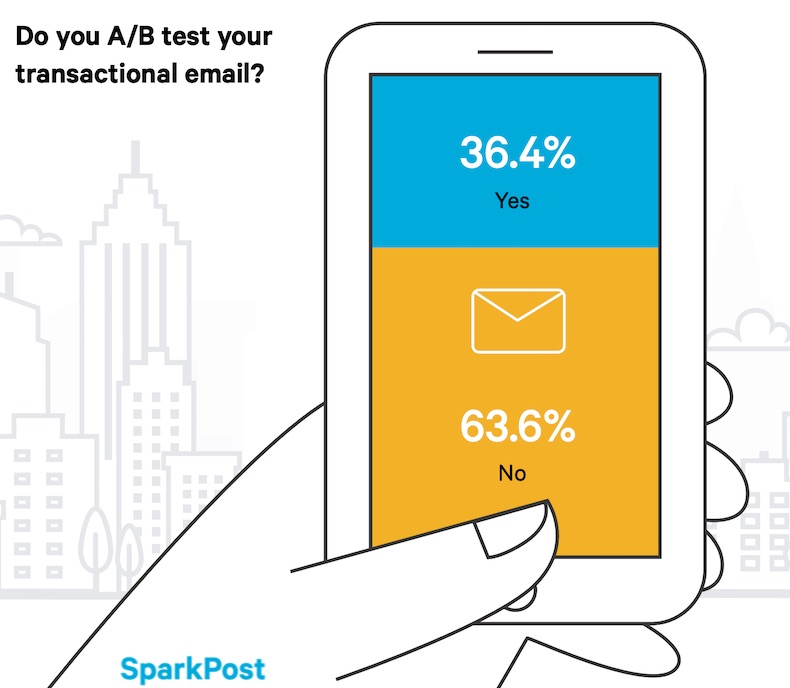Most brands measure the success of transactional emails by looking at opens, clicks, or the delivery rate, according to recent research from SparkPost.
The report was based on data from a survey conducted in 2019 among 329 professionals involved in developing transactional email campaigns (e.g., shipping confirmation messages, new user onboarding messages, etc.) for their firms.
The report offers a snapshot of email professionals' approaches, techniques, and beliefs regarding transactional emails—one of the few communications channels brands can use without explicit consent in today's era of tightening email privacy regulations.
Senders recognize how transactional email can accelerate the customer journey, the study found:
- 95% say it's very or somewhat important for engagement.
- 83% say it's very or somewhat important for retention.
- 88% say it's very or somewhat important to conversion.
Some 26% of respondents say they measure the success of transactional emails by looking at opens, 23% look at clicks, and 23% look at the delivery rate:

Despite survey respondents' recognition of the critical role of transactional email, the survey found shortcomings in the way engagement, testing, and deliverability are handled:
- More than one-third of transactional emails are still written by technical personnel (IT and Engineering) who have little to no connection with recipients and lack the context of how they fit within the customer journey.
- A/B-testing is growing, but not quickly: Just 27% A/B-tested two years ago, and nearly 64% of survey respondents have yet to start A/B-testing. That is, only 36% of respondents say they A/B test their transactional email messages to improve the performance of campaigns.

- Only 52% say they use authentication, and an additional 21% say they are unsure. Moreover, only 22% have implemented DMARC to prevent email spoofing.
- On the mobile side, 37% of senders are unsure what percentage of mobile engagement is actually happening.
Customer complaints also seem to be on the rise: Nearly half of respondents, 47%, say customers complain about nonreceived transactional emails, compared with 38% who said so in a previous survey.
Respondents also reported that deliverability issues are on the rise: Almost 40% of automated email senders report deliverability issues, with only 62% saying their deliverability rate is 95% or higher.
About the research: The report was based on data from a survey conducted in 2019 among 329 professionals involved in developing transactional email campaigns (e.g., shipping confirmation messages, new user onboarding messages, etc.) for their firms.




